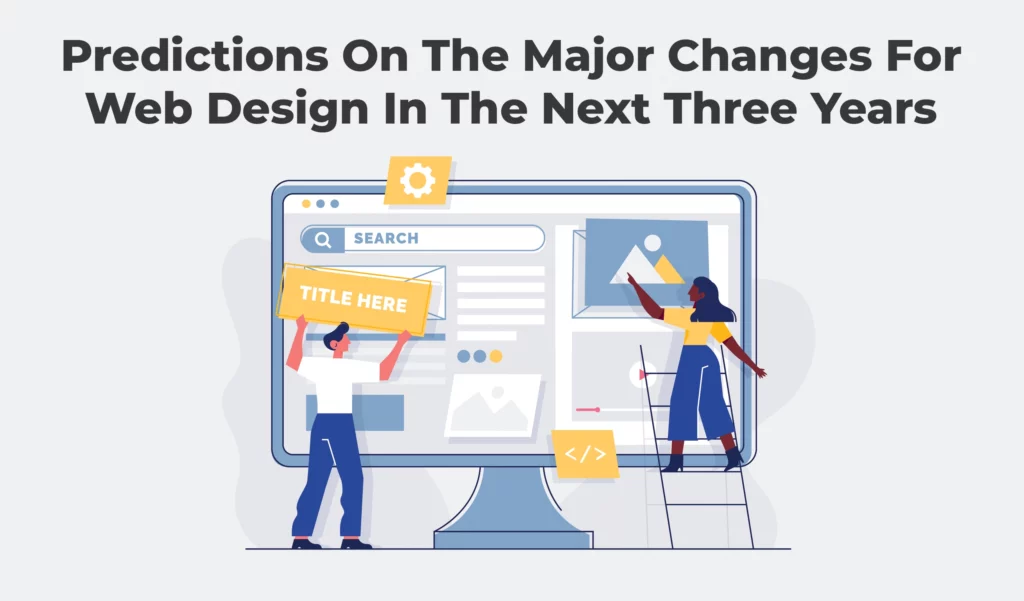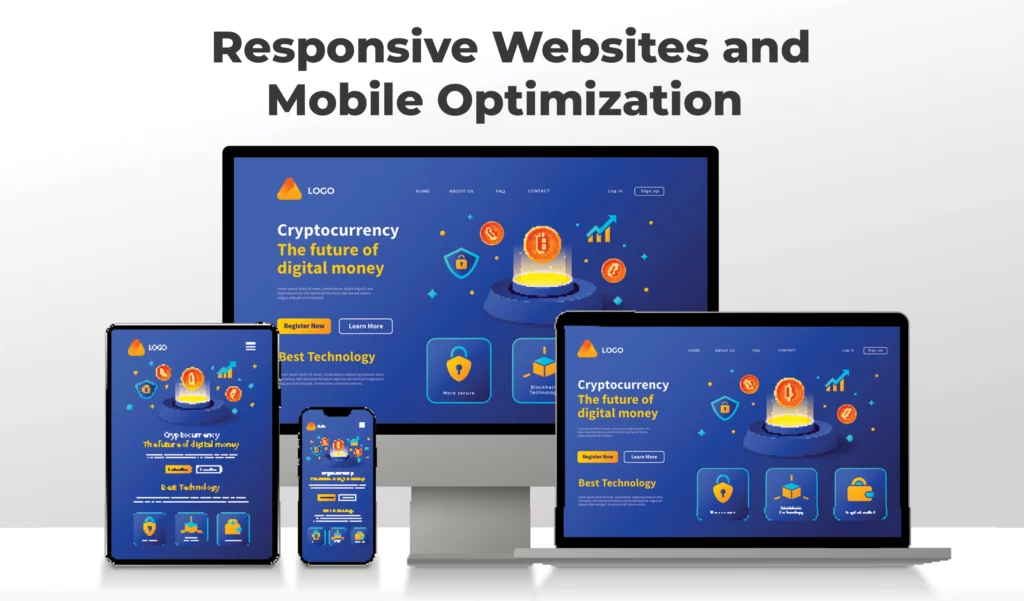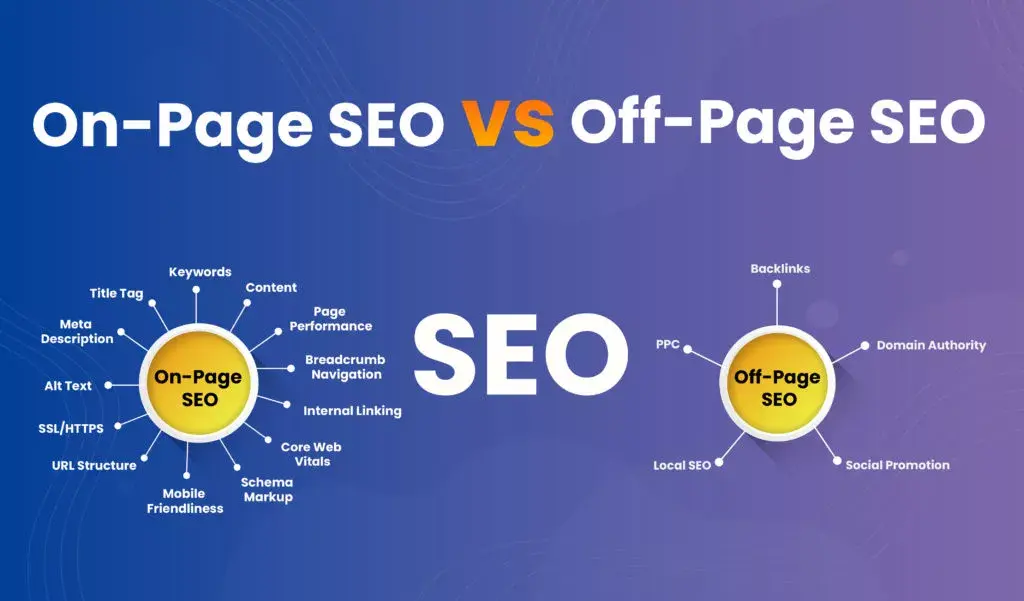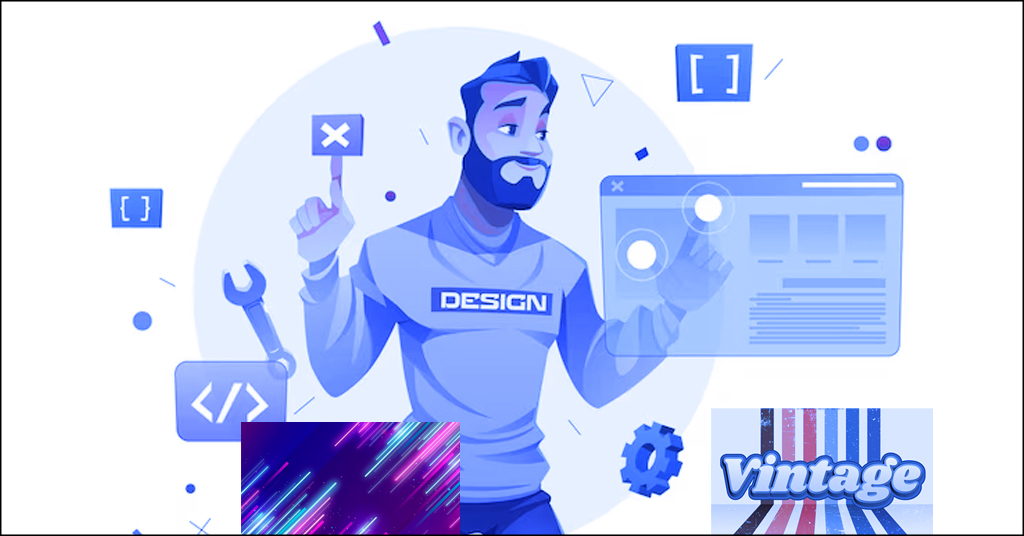Predictions on the major changes for web design in the next three years
Table of contents

Web design is constantly evolving, and the next three years will bring many changes. We can expect to see a shift away from clunky and outdated designs, with more emphasis placed on creating a clean and intuitive user experience. Responsive design will become even more important, and animation and interactive elements will continue to become more commonplace. Finally, voice search and artificial intelligence will start to have an impact on web design, allowing for more personalized experiences.
Introduction
It is evident that the web design industry is constantly evolving and will continue to do so in the next few years. Web designers will be expected to be well-versed in creating websites that are intuitive and visually appealing, whilst also taking into account user experience and accessibility. We can expect to see a greater emphasis on mobile-friendly design, as more and more people are accessing the web from their phones. Furthermore, with the rise of artificial intelligence and machine learning, web design will incorporate more personalised elements, such as dynamically generated content and interactive elements that are tailored to the user’s individual preferences. Additionally, the use of motion graphics and animations will become even more commonplace, as designers look to create engaging experiences that capture user attention. Finally, web designers will need to stay up to date with the latest technologies and trends to ensure their websites remain competitive in a rapidly changing digital landscape.
Current Trends in Web Design
In the next three years, web design will undergo a major transformation as technology continues to advance and customer expectations continue to rise. With the increasing importance of mobile devices, web designers will need to create fluid experiences that look great across all screens. Additionally, minimalistic designs will become the norm, with designers leveraging white space and clean lines to create a modern aesthetic. AI and voice recognition will be integrated into a variety of web experiences, and designers will need to ensure that their designs are optimized for these new technologies. Finally, web designers will need to focus on creating personalized experiences for their customers that meet their individual needs. Through leveraging customer data, web designers will be able to craft tailor-made experiences that are sure to delight their customers. With all of these changes, it’s clear that web design will undergo some major shifts over the next three years.
Predicted Changes in Web Design for 2022-2024
The future of web design is already here, and it is likely to become even more sophisticated over the coming years. 2022-2024 will be a time of great change within the world of web design, with advancements in technology, an increased need for mobile-friendly design, and more emphasis on social media integration. AI-driven designs will become more common, as automation and machine learning will be used to create more efficient and user-friendly experiences. Additionally, there will be a greater focus on user experience, with designers taking into account the user’s comfort level when creating a website. As the ability to access data quickly and easily increases, more companies will seek to use data-driven approaches to design and personalize their websites to improve user engagement. Finally, the use of 3D animation and virtual reality is likely to become more prevalent, giving users a more immersive and interactive experience when browsing the web.
Responsive Websites and Mobile Optimization

In the next three years, web design is likely to undergo some major changes as responsive websites and mobile optimization become more important than ever before. As more and more people use their smartphones and tablets to access the internet, websites will need to be designed to be compatible with a wide range of devices. This means that designers will need to become increasingly knowledgeable about the latest technologies, such as HTML5 and CSS3, in order to create responsive websites that look great no matter what device they are viewed on. Furthermore, the use of mobile-optimized content, such as images and videos, will become increasingly important as businesses seek to reach their target audiences across multiple platforms. Ultimately, these changes will lead to a much more user-friendly web design that is optimized for mobile devices, allowing businesses to reach more customers than ever before.
Use of AI and Automation Technology in Web Design
AI and Automation technology are expected to revolutionize web design in the next three years, transforming the way we design websites. AI-powered tools are already being used to create stunning visuals, design complete websites, and even write content for websites. Automation technology has been used to create dynamic designs, allowing for websites to be consistently updated without manual intervention. In the next three years, this trend is expected to increase exponentially, with web designers using AI and Automation to create beautiful websites with minimal effort. AI and Automation technology are also expected to enable web designers to create more interactive and engaging experiences for their users. Automation technology will allow designers to create interactive content such as chatbots and virtual assistants that can respond to user’s queries and provide them with relevant information. AI-powered tools will also be used to analyze user behavior and generate insights which can be used to improve website design. In this way, AI and Automation technology will make web design more user-centric and effective says web design jacksonville fl.
Increased Focus on User Experience (UX) & User Interface (UI)
The next three years are sure to be an exciting one for web design. With the ever-increasing focus on user experience (UX) and user interface (UI) design, we can expect to see a major evolution in the way websites are designed. Web designers will have to keep up with the trends and incorporate the latest techniques and technologies to make their websites more user friendly. We may see a shift towards more interactive elements, such as animations and interactive features, as well as an emphasis on mobile-first design. Additionally, artificial intelligence (AI) and machine learning (ML) will be used to enhance the user experience, with automated personalization and tailored user interfaces becoming more commonplace. As the web continues to evolve, web designers will have to adapt to the changing landscape and make sure that their websites are up to date with the current trends and technologies explains Jacksonville Website Design Company.
Voice Search Optimization & Visual Search Capabilities
In the coming years, web design is going to be drastically impacted by the increasing importance of voice search optimization and visual search capabilities. These changes will require web designers to be creative and innovative when designing websites, as they must ensure that their designs are optimized for voice search and optimized for visual search. This means that web designers must create sites that are easy to navigate with voice commands and include visual elements that are easy to find and understand. Additionally, web designers must ensure that the websites they create are responsive to the different devices and browsers that visitors may use. By focusing on these changes and staying ahead of the curve, web designers will ensure that their websites remain competitive and successful.
Greater Emphasis on Accessibility Compliance & Security Protocols

Over the next three years, the importance of accessibility compliance and security protocols in web design is expected to increase significantly. As technology continues to evolve, web designers will need to remain ahead of the curve with regards to accessibility compliance and security protocols, as these two elements will become more critical than ever. For instance, web designers will be expected to create websites that are ADA compliant, which means they must be built in a way that ensures that all users, regardless of their abilities, can easily access and use the website. On the security front, web designers will need to make sure that their websites are protected against data breaches, malware, and other cyber-attacks. Web designers who fail to prioritize these elements will risk losing potential customers and damaging their reputation, as customers become increasingly aware of the importance of proper accessibility compliance and security protocols says Web Design Jacksonville. Consequently, web designers will need to be more vigilant and proactive in this area in order to remain competitive in the market.
With the rise of mobile technology, web design will continue to be heavily influenced by mobile trends. We predict that responsive design will become a must-have feature in the next three years, with more businesses investing in the development of mobile-friendly websites. Additionally, we believe there will be increasing demand for sites with advanced interactivity, such as motion and animation, to create more engaging user experiences. We also anticipate that the use of Artificial Intelligence (AI) will become more prominent, with AI-driven web design becoming the norm for many businesses. Finally, we expect to see an increase in the use of voice search, as more people become comfortable with the idea of searching for products and services with their voice. All these changes will ultimately lead to more user-friendly and aesthetically pleasing websites.







